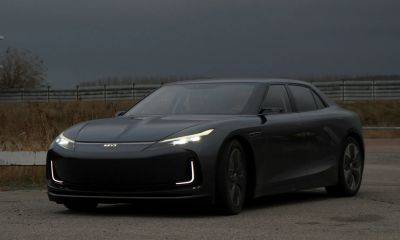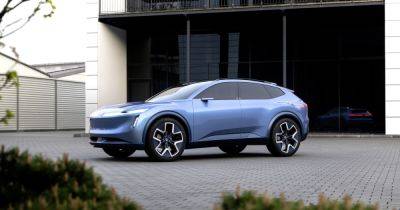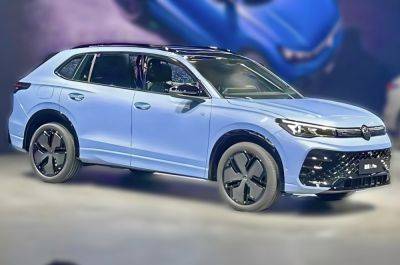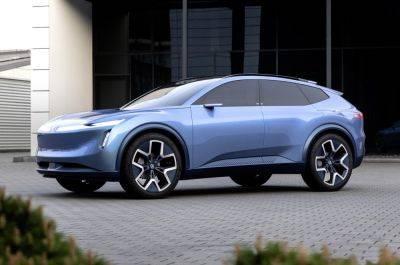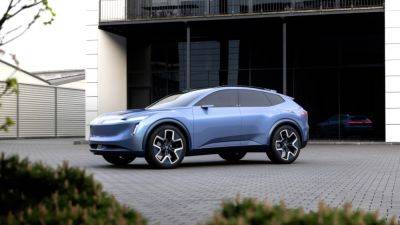Time Forgot Volkswagen's Bizarre VR-5 Engine
The Volkswagen Group pioneered the use of the auto industry’s now-standard engine: the turbocharged four-cylinder. While we now associate VW with these overtly normal engines, in the 1990s and into the 2000s, the automaker went on a tear pushing internal-combustion engines to bizarre new places. This is how we ended up with the VR-5.
Badged as a “V5,” this engine was a 2.3-liter five-cylinder with pistons arranged in a 15-degree vee with three on one side, two on the other. Both banks shared a single cylinder head.
The VR-5 was borne from Volkswagen’s legendary VR-6, itself an attempt to solve a specific problem. In the 1980s, Volkswagen wanted more power from its transverse-engine cars, but didn’t want to turbocharge its existing four-cylinder, or attempt to fit any other conventional engine type under the hood. The solution was a narrow-angle V-6, with six cylinders arranged in a 15-degree vee, sat under one cylinder head. In German, an inline engine is called a reihenmotor, making the name VR-6 a simple acronym.
Volkswagen’s VR-6 debuted in the Golf and Corrado and quickly found a home elsewhere in the VW lineup, both in transverse and longitudinal applications. Even the Porsche Cayenne used a VR-6 and the engine is still in production for models sold in China. While it is technically a vee- engine, the VR-6, as Jason Cammissa explains in a great Hagerty video, is functionally more like a straight-six. The pistons have offset crankpins, giving it the same firing order as a straight-six. Imagine taking a straight-six and smashing it down from top and bottom. That’s kind of what you get with a VR-6. So why not make an even smaller VR-5?
That was basically it. In a guide published for mechanics, Volkswagen said simply “[t]he V5 was derived from the VR6 by removing the first cylinder from the latter. The resulting, even more compact design makes it possible to use this powerful unit in all vehicle classes.”
VR-5-equipped Volkswagen Bora. This model was sold in the U.S. as the Jetta.
Like the VR-6, the VR-5 has the same firing order as a typical inline-five, 1-2-4-5-3. An article from Autozine explains that the narrow vee angle and counterweighted crankshaft ensure that


